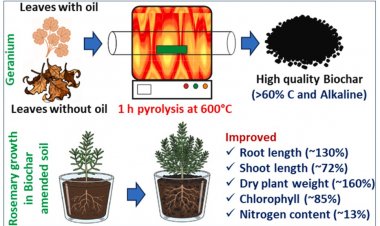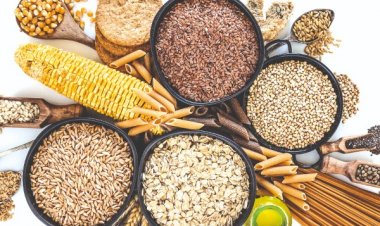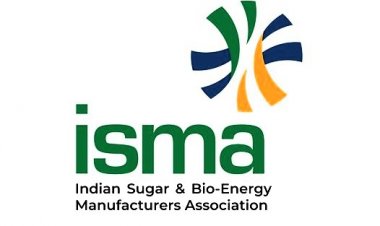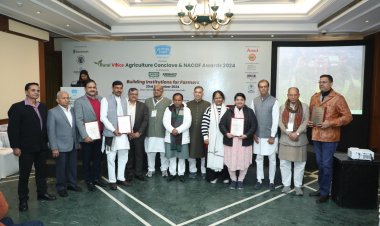Rural Voice Special: Clean Milk Production Technique
India has become the top milk producer with an annual production of 18.88 crore tonnes. But milk production alone does not suffice. It is also necessary that the milk be clean and healthy. It is often seen that milk becomes impure somewhere between milking the cow and reaching the consumer. This leads to deterioration in the quality of milk and renders it unfit for use. Both dairy farmers and consumers have to suffer on account of this.
Cleanliness is every citizen’s responsibility. Similarly, cattle-breeders have to assume the responsibility that clean milk be produced and consumers of milk remain healthy.
Our country produced only 1.7 crore tonnes of milk in 1950. The per capita milk availability was little. Initiatives like Operation Flood, however, have made India the top milk producer with an annual production of 18.88 crore tonnes.
But milk production alone does not suffice. It is also necessary that the milk be clean and healthy. It is often seen that milk becomes impure somewhere between milking the cow and reaching the consumer. This leads to deterioration in the quality of milk and renders it unfit for use. Both dairy farmers and consumers have to suffer on account of this.
International Dairy Consultant Dr RS Khanna spoke about Clean Milk Production Technique in the Rural Voice Agritech Show. You may watch this episode of the show by clicking on the video link given above.
Dr Khanna said that clean milk production demanded, first of all, that the place where the milch cattle are kept should particularly be clean. Second, the milch cattle should undergo regular health check-ups so that it may be ensured that they are fully healthy. Dr Khanna said that the animal should be bathed or its body cleaned and its udder washed before it is milked. Besides, the person who milks the animal should be cautious about their own hygiene and wash their hands with soap before milking the animal.
It is necessary to clean the dairy equipment and vessels in order to ensure clean and healthy milk production, said Dr Khanna. Usually, the milk vessel, milking machine, milk tank etc. — in fact, any equipment that is used from milking the cattle to storage — should be cleaned and sterilized before and after the milking process. This ensures that the milk remains free from dirt and bacteria. Dr Khanna said while sending the milk to the chilling centre, care should be taken that the transportation takes place in a covered vehicle. And the pipes and tanks of the chilling centre should be sterilized.
Dr Khanna said that for dairy farmers who had 1-20 cattle, several techniques and automated milking machines were available in the market so that milk could be kept clean. Besides, in the case of large dairy farms, there are automatic milk parlours, which can ensure health and nutrition to the people by producing clean, high-quality milk.
Milch cattle should be checked every week so that they do not get udder diseases, said Dr Khanna. If an animal suffers from an udder disease, its milk should not be mixed with clean milk. Such milk is harmful to health and should rather be thrown away.
Dr Khanna believes that milk collection centres and milk cooperatives should have the facility of cooling units instead of cans so as to ensure the quality of milk. He said that if someone was running a big dairy farm, they could install cooling units, fill up the bottles straight from there and send milk to the consumer so that the milk be clean and healthy.
Speaking about clean milk at the Rural Voice Agritech Show, Deepak Raj, Co-Founder, Binsar Farms, said that in order to produce clean milk, first of all, the cattle fodder should be clean and healthy. Contaminated cattle fodder leads to the possibility of bacterial and fungal diseases, which in turn contaminate the milk. Secondly, the milking area should be fully clean. Deepak Raj said, “If we provide clean and healthy milk to the consumer, they are willing to pay a higher price for it.”



 Join the RuralVoice whatsapp group
Join the RuralVoice whatsapp group









































